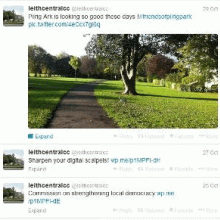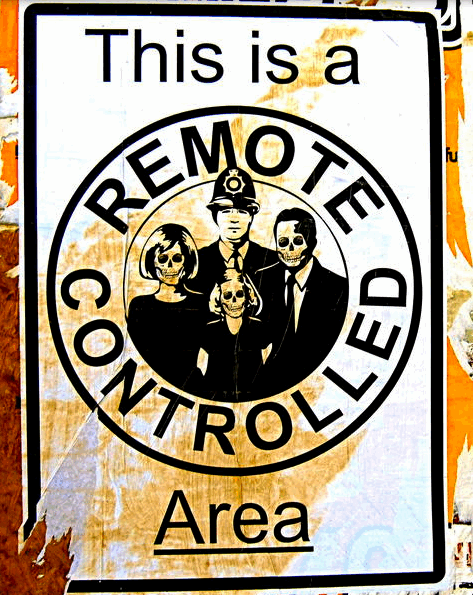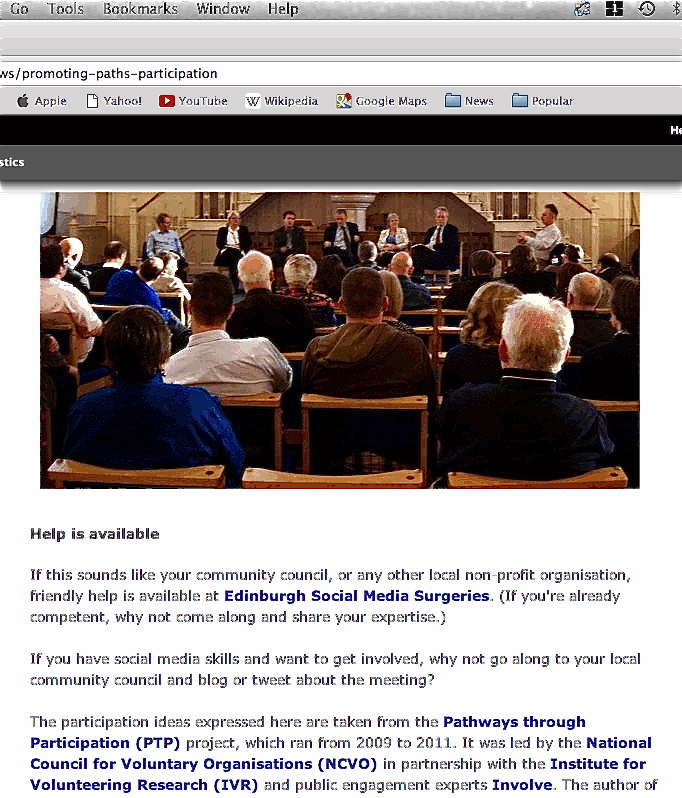
Local politics, especially community council meetings, could do with more involvement from young people, writes Ella Taylor-Smith.
However, it is not the case that young people (here meaning those aged around 18–30) do not participate in community or democracy and that we need to worry about a future without volunteers or activists. Everyone’s participation changes naturally as we age.
Participation tends to follow similar patterns through people’s lives. These patterns are guided by what is happening – ‘life events’. Young people may have fewer and weaker ties to the place they are living in, especially if they’ve moved away from their families to study or work. They travel widely, if they can, and often see themselves as citizens of the world. They tend to be concerned with global issues – like the environment, poverty and global injustice – and to be involved in campaigns associated with these universal themes.
Getting to know the neighbours is accelerated if you have children and/or a front garden. Parents often hear what is happening through school networks, or become involved in the school itself, through fund-raising and parent councils. As issues arise that need attention, people learn how local structures work and, sometimes, even how to change things.
Diverse people of all ages

For example, community councils across Edinburgh are taking to the Internet to share their work more widely. Councils can post accounts of their meetings on websites and blogs and ask for input about specific issues. For most councillors this involves a learning curve, not just technically, but in knowing how to provide the right volume of text for people to read. They can reach out to more people through Facebook and Twitter, ideally creating spaces to listen to locals and taking their ideas back to council meetings.
However, these challenges are taken on by already busy volunteers, often only one person per council. If life causes this volunteer to step back, online communication may stop – especially if logins and passwords are lost – until someone else can pull it back together.
Help is available

If you have social media skills and want to get involved, why not go along to your local community council and blog or tweet about the meeting?
The participation ideas expressed here are taken from the Pathways through Participation (PTP) project, which ran from 2009 to 2011. It was led by the National Council for Voluntary Organisations (NCVO) in partnership with the Institute for Volunteering Research (IVR) and public engagement experts Involve. The author of this piece was not associated with the PTP project.
About the author
Ella Taylor-Smith is a local resident who has been researching participation and eParticipation at Edinburgh Napier University since 2001.
http://www.iidi.napier.ac.uk/e.taylor-smith
http://about.me/EllaTaylorSmith